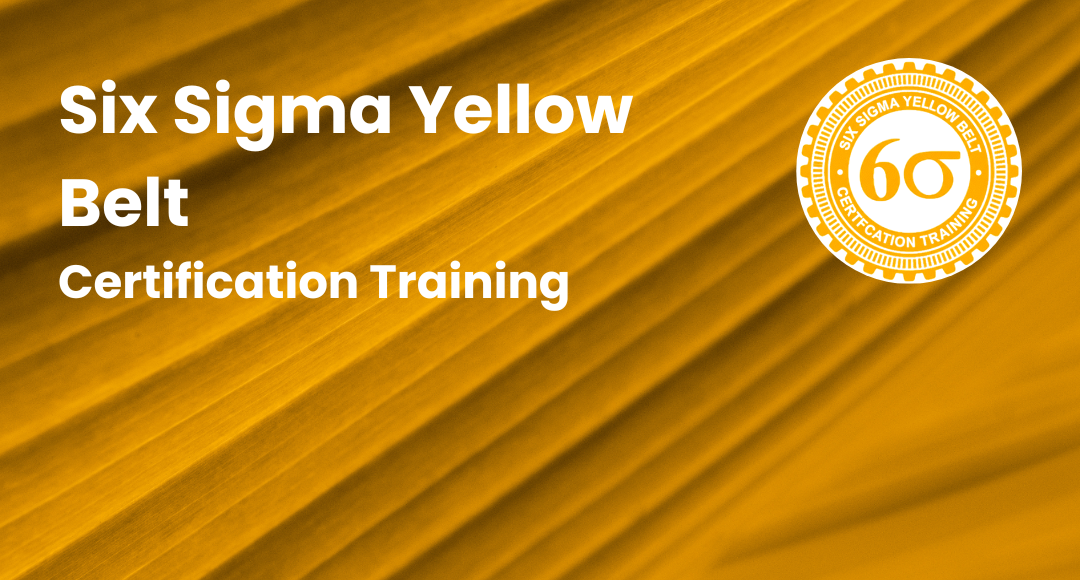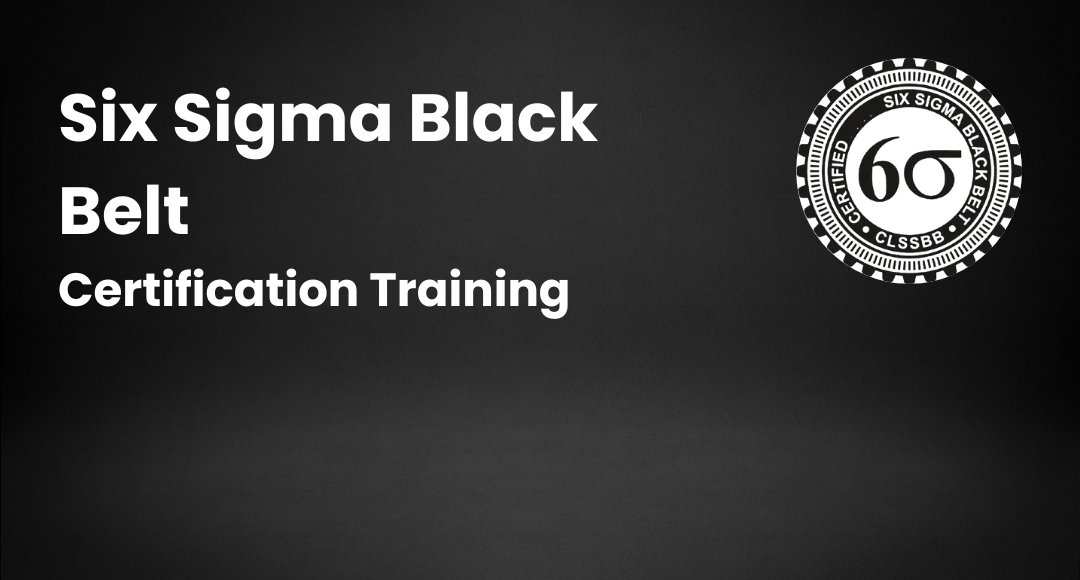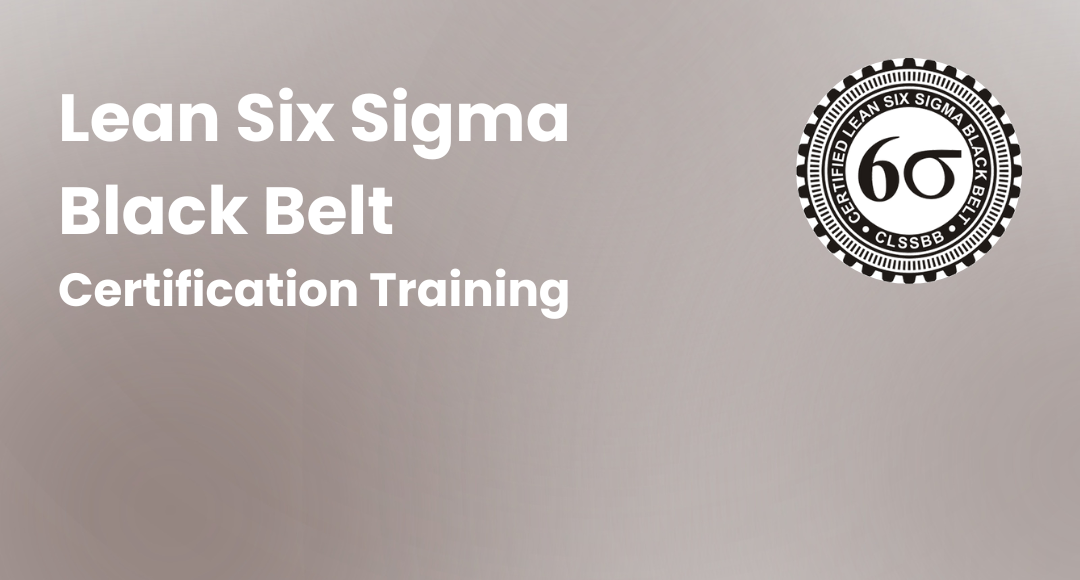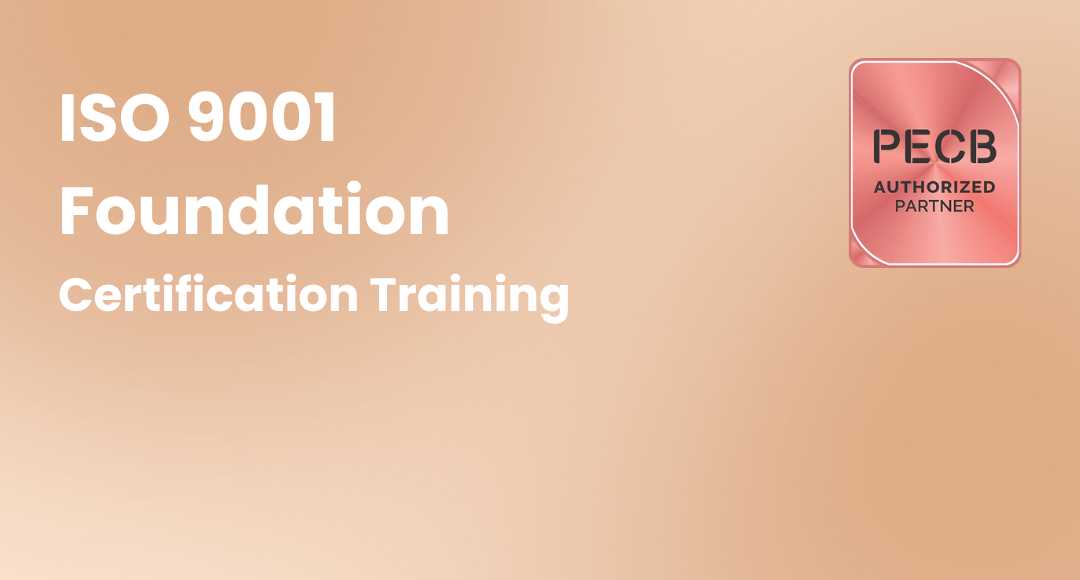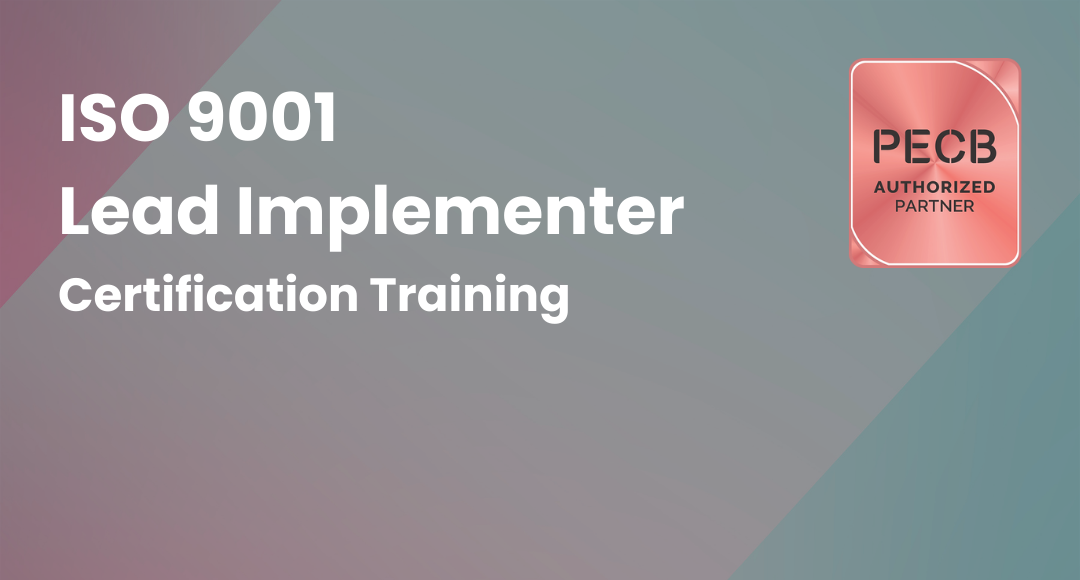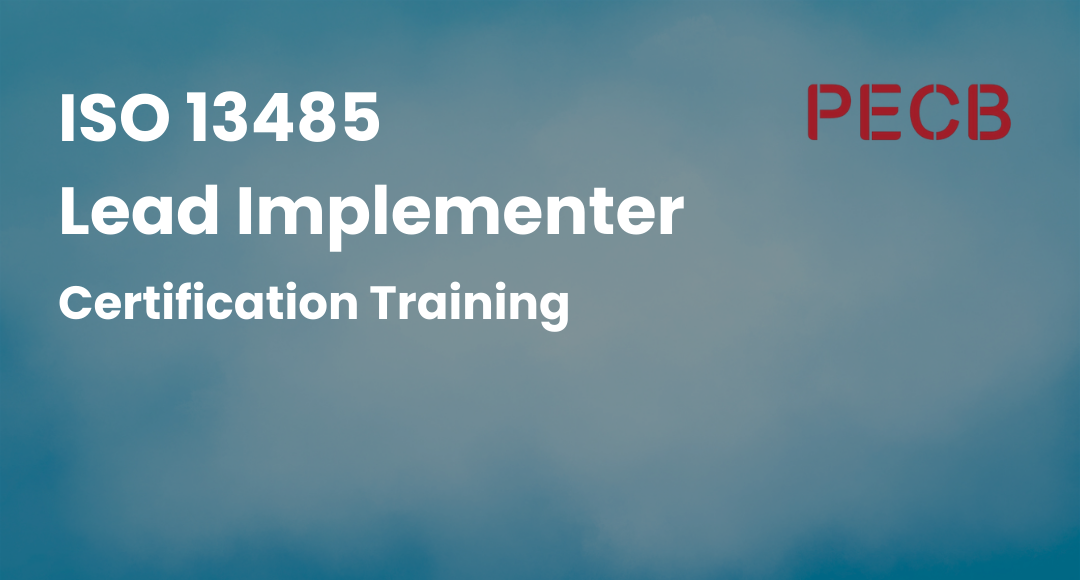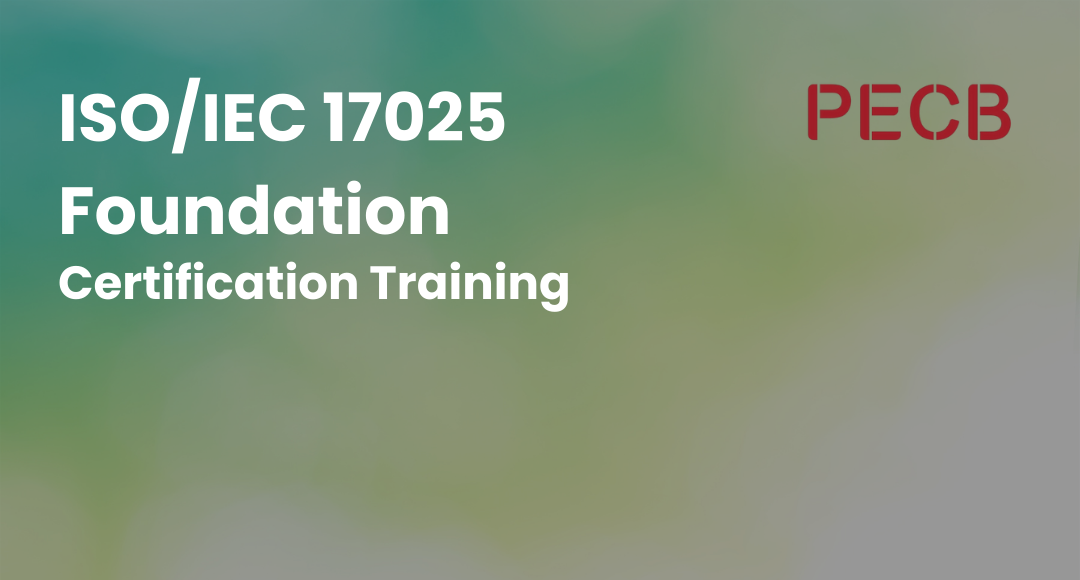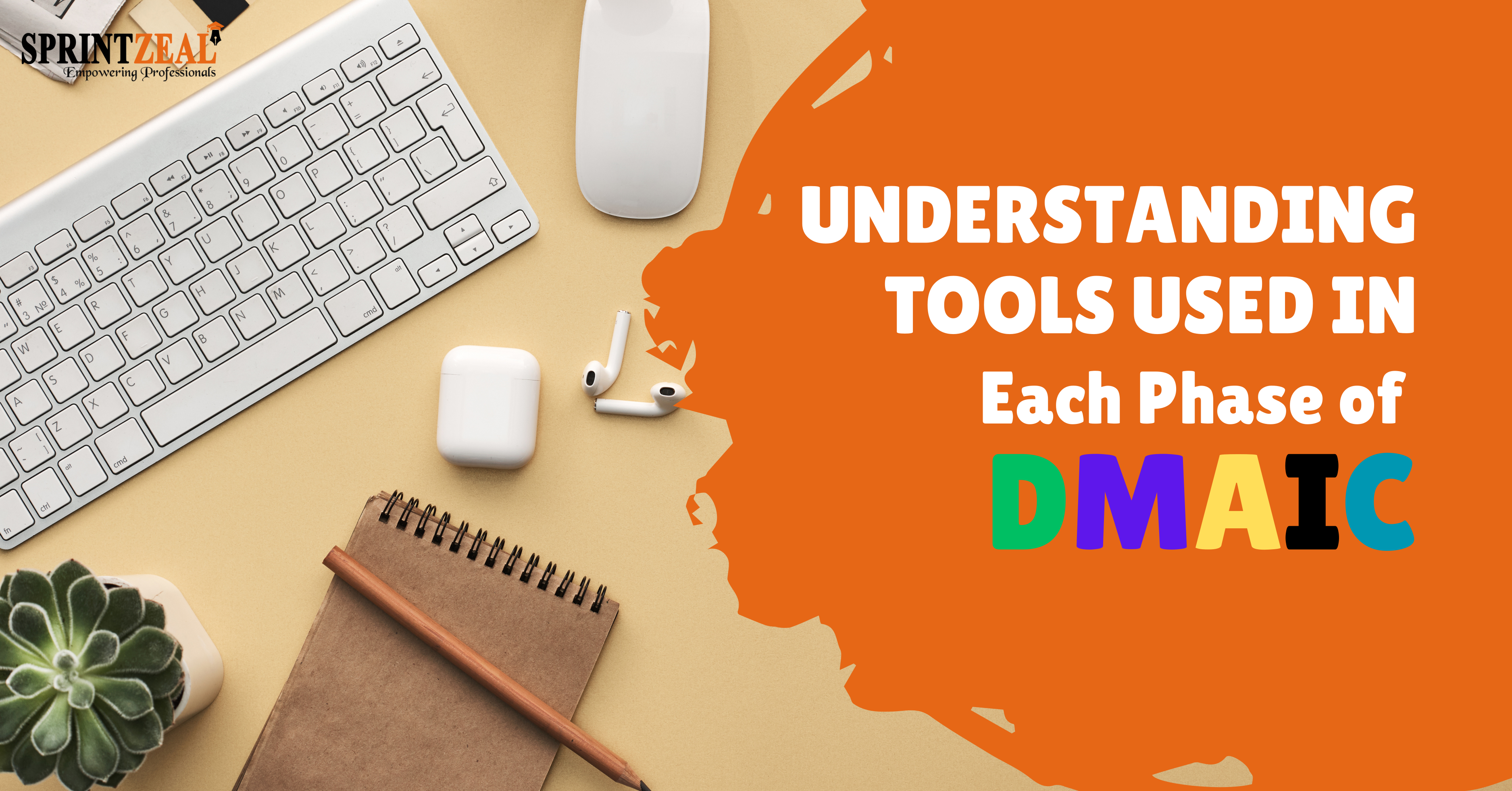A Complete Guide to Product Life Cycle Stages 2026
-
 By Sushmith
By Sushmith - Published on Feb 27 2025
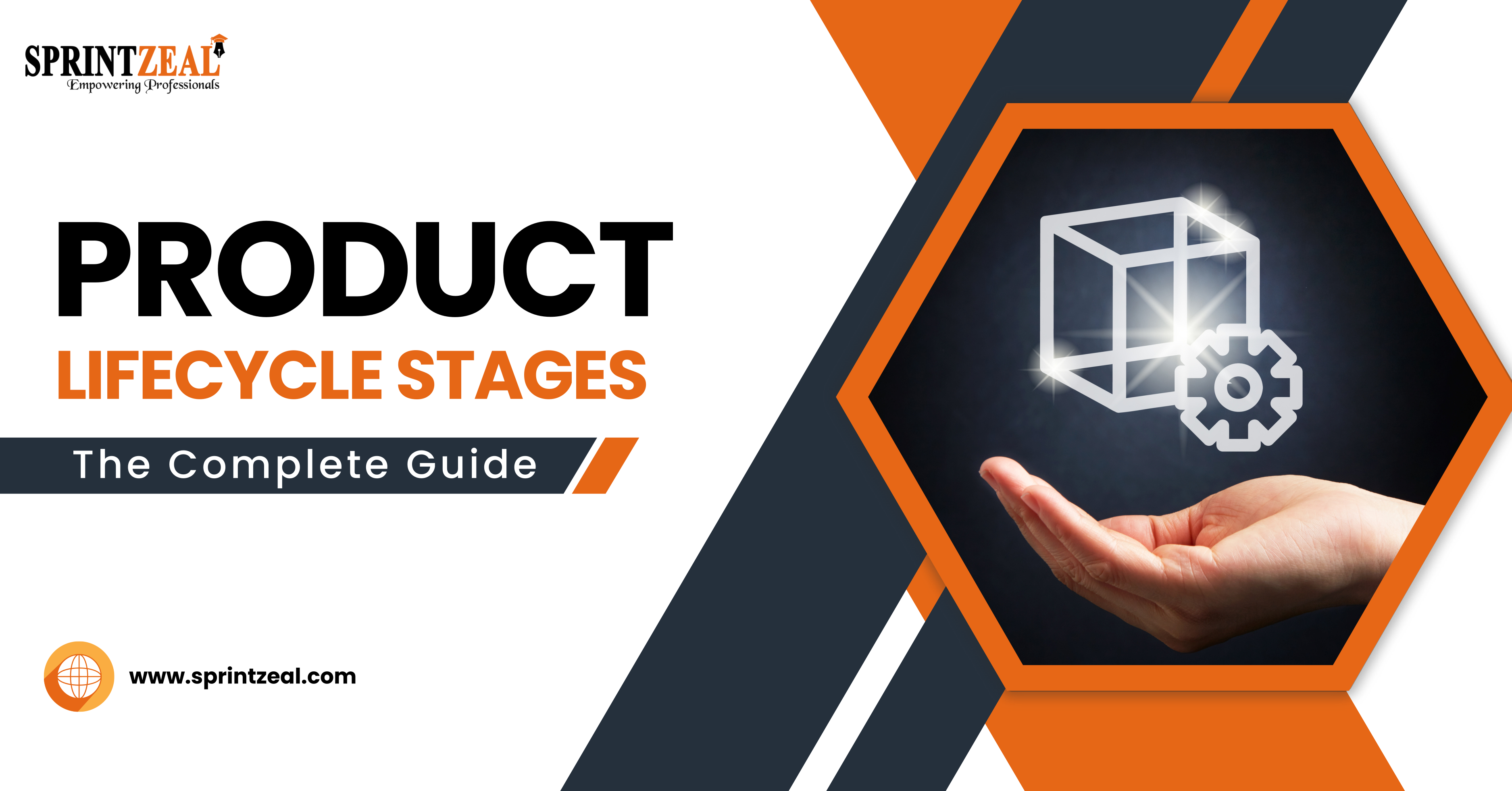
Product Life Cycle Overview
The Product Life Cycle Model is fundamental to product management and marketing, which defines the phases a product goes under before turning into an actual product in the market. The product's life cycle, from launch to eventual decline, demonstrates changes in sales, market share, and profitability, with the introduction marking the end of its life cycle.
For businesses to be competitive, allocate resources efficiently, and extract maximum value from their product in a dynamic environment is impossible without understanding these stages. We will explore each stage in the product life cycle and discuss factors that make a product both competitive and lasting in the market.
Table of Contents
What is Product Life Cycle?
The Product Life Cycle Management is an essential concept in marketing and product management that outlines the various stages a product undergoes. It provides businesses with insights into their products performance, sales, and market stats at different points in time.
By understanding the product life cycle, products improve, and one can adjust one's strategy and resource allocation, get more on point, and find out the right things for maximum profit and success.
Product Lifecycle Management Software is core for the efficient and effective management of each stage of a product lifecycle. It helps businesses to efficiently handle the data of products, reduce cross-team collaboration friction, and improve the process of making decisions from beginning to end.
The Product Life Cycle Stages are generally divided into the following six:

Each of these Product Life Cycle stages represents a unique set of challenges that businesses must navigate. This ensures that the product will be sustainable in the market for a long time. Businesses can then use this information to fine-tune their marketing at the current stage of a product, Pricing Strategies, Product Strategies, Product Roadmap, and Product development life cycle to align with the specific needs and expectations of their target audience.
6 Product Life Cycle Stages:
As discussed, Product Life Cycle is a helpful framework that outlines the journey of a product from its introduction to its eventual decline in the market. Understanding these six distinct stages is essential for any business to make informed decisions and develop targeting strategies.
This helps maximize products' success and profitability. Understanding these 6 stages of product life cycle helps businesses stay ahead in the market. The following 6 are the Product life cycle stages with examples that will help you understand each stage of your product and take measures.

Stage 1 - Introduction:
The introduction stage is the initial phase of a product's life cycle, where it is first introduced to the market. During this stage, sales are typically low as consumer awareness is limited. Companies invest heavily in marketing and promotional efforts to create awareness and generate potential customers.
The focus is on establishing the product's unique selling proposition (USP) and building distribution channels. In this stage, businesses manage their product development life cycle, making sure that their product life cycle in marketing is working according to their specifications.
As the product gains traction, it sets the foundation for the subsequent stages of growth.
Examples:
Smartphone Launch: A tech company introduces a new smartphone model. They target early adopters, conduct market research, and use teaser campaigns to create buzz. Flashy advertisements help build brand awareness.
Streaming Service Debut: A new streaming service enters a competitive market. It offers exclusive content and free trials to attract subscribers. Surveys help gauge consumer preferences, and marketing efforts aim to create a unique identity through advertising and content partnerships.
Key considerations during the Introduction Stage:
- Identifying target markets and early adopters.
- Conducting market research to understand customer needs and preferences.
- Investing in product development and market testing.
- Crafting effective marketing campaigns to create brand awareness.
Learn more about the Introduction Stage of the Product Life Cycle and how it impacts product success.
Read: Introduction Stage of Product Life Cycle
Stage 2 - Growth:
Growth stages involve rapid revenue growth and increased market adoption. As the customer's awareness grows, so do renown, demand, and money. Here businesses need to be putting all resources into increasing the scale of production and distribution as the demand is increasing.
Customer satisfaction is an important factor in increasing sales. There is new competition in the market during this industry phase as well.
Examples:
Ride-Sharing Service Expansion (e.g., Uber): Uber scales up its driver fleet and service coverage to meet rising demand. With more new entrants, user experience is crucial, so they implement a loyalty program to retain customers.
E-commerce Platform Growth (e.g., Amazon): Amazon extends its logistics footprint and improves the shopping experience by adding one-click purchases and personalized recommendations. Rapid growth calls for product enhancements based on customer feedback during early usage.
Key considerations during the Growth Stage:
- Expanding production capacity to meet growing demand.
- Strengthening distribution networks to reach a broader customer base.
- Enhancing customer experience and satisfaction to foster brand loyalty.
- Continuously monitoring market trends and customer feedback to improve the product.
Stage 3 - Maturity:
Maturity slows down the growth of the sales stage. At this point, the product is mature, and sales growth begins to slow. The product is widely accepted, and the market is becoming crowded. The most affected by this are companies facing increased competition, as market adoption has reached saturation among potential customers.
This stage shifts towards maximizing market share and profit maximization.
Examples:
Smartphone Market Maturity (e.g., Apple, Samsung): In the smartphone market, companies differentiate with unique features, expand into emerging markets, and invest in loyalty programs to maintain profitability amid intense competition.
Soft Drink Industry Maturity (e.g., Coca-Cola, Pepsi): In the soft drink industry, brands differentiate through flavors and marketing, explore new regions, focus on customer loyalty, and optimize supply chains to stay profitable in a saturated market.
Key considerations during the Maturity Stage:
- Differentiating the product to stand out from competitors.
- Exploring new market segments or geographic regions to sustain growth.
- Focusing on customer retention strategies to build brand loyalty.
- Streamlining operations to reduce costs and maintain profitability.
Stage 4 - Saturation:
During the saturation stage, the product reaches its peak level of market penetration. Sales progress deteriorates, and the market becomes saturated with the product. Companies will find it challenging to discover new growth opportunities against the capitation within the existing market.
Price competition may increase, leading to reduced profit margins. Finally, businesses will have to battle heavy competition if they are not innovating and differentiating their product or with a new strategy to maintain profitability, such as cost-cutting or diversification.
Examples:
Global Fast Food Chains (e.g., McDonald's, KFC): To protect themselves from market saturation, international chains of global fast food move outward, tweak recipes, work with delivery services, and look for new territories. to find fresh growth in a saturated market.
Digital Camera Industry (e.g., Nikon, Canon): Faced with smartphone competition, camera manufacturers innovate with mirror-less technology, advanced sensors, and software partnerships, targeting niche markets to revitalize sales in a saturated industry.
Key considerations during the Saturation Stage:
- Exploring international markets to find untapped opportunities.
- Considering product diversification or extensions to rekindle demand.
- Innovating and adding new features to refresh the product's appeal.
- Leveraging strategic partnerships to gain a competitive advantage.
Understand the Saturation Stage of the Product Life Cycle and how to extend your product’s success.
Read more for valuable insights: Saturation Stage of Product Life Cycle
Stage 5 - Decline:
The decline stage represents a significant decrease in sales as the product loses relevance or faces competition from newer alternatives. This stage can be a challenging period for businesses as they experience diminishing demand. Companies must decide whether to discontinue the product or continue selling it to a loyal customer base.
Examples:
VHS Tapes: Once the VHS tapes were dominant for home video, they fell to DVDs and digital streaming. The brands managed their waning inventories and shifted resources to newer formats and distribution channels, recognizing the evolving needs of consumers.
Fax Machines: As email and digital document sharing gained prominence, fax machines saw a decreasing replacement too. The manufacturers are carefully regulating inventory and diversifying things like multifunction office equipment in the market landscape.
Key considerations during the Decline Stage:
- Analyzing reasons for the decline and understanding customer preferences.
- Carefully managing inventory to minimize losses.
- Considering options for product revitalization or exit strategies.
- Focusing on innovation and new product development for future growth.
Stage 6 - Revival:
The revival stage is not a part of the traditional PLC, but in some cases, businesses can successfully revive declining products. Revival strategies may involve rebranding, product improvements, or targeted marketing campaigns. Analyzing customer needs and preferences is crucial to identify opportunities for a product's revival.
Examples:
Classic Arcade Games: '80s and '90s arcade games saw a revival in retro arcades and home console releases. Nostalgic gamers sought the authentic arcade experience, bringing classics like Pac-Man and Street Fighter back to life.
Typewriters: Considered relics, typewriters found favor with writers and artists who appreciate their tactile feel and nostalgia. Companies revamped designs, creating a niche market, while typewriter-themed spaces fueled their retro appeal.
Key considerations during the Revival Stage:
- Assessing the potential for product improvements or updates.
- Identifying new customer segments or niche markets to target.
- Creating impactful marketing campaigns to reintroduce the product.
- Leveraging consumer feedback and market research to guide the revival strategy.
Impacts of Product Life Cycle Stages:
Each stage of the Six Product Life Cycle Stages has significant implications for businesses across areas like finance and marketing.
In the Introduction stage of Product Life Cycle Stages, companies experience higher costs due to initial investments in product development, marketing research, and campaigns. Although sales are low, companies focus future growth and gather valuable customer feedback for product improvement.
In the growth stage, businesses witness a surge in sales and revenue, enabling them to invest in expanding production capacities and distribution networks. Effective marketing efforts during this stage can lead to increased brand recognition and customer loyalty. In the maturity stage, companies face challenges in maintaining market share and profitability due to intensified competition.
Strategies such as product diversification and customer retention programs become essential to prolong this stage. The saturation stage demands businesses to explore new markets or product applications to identify opportunities for continued growth. During the decline stage, sales and profits decline, necessitating careful management of inventory and resources to minimize losses.
Reviving a declining product can have positive impacts on the business by rejuvenating sales and capturing market share.
Drive product longevity and market impact by mastering the Product Life Cycle. Learn the key strategies that lead to sustainable growth.
Read: Product Life Cycle in Marketing
Factors Affecting Product Life Cycle Stages:
Several internal and external factors can influence the duration and intensity of each stage in the Product Management Life Cycle. Following are a few:

Businesses monitor these factors and prepare to adapt their strategies accordingly to remain competitive throughout the product's life cycle.
Conclusion:
Understanding the Product Life Cycle Stages with Product life cycle examples helps in guiding businesses by making them understand various stages of their products that go through in the market. Each stage presents its unique set of challenges and opportunities, demanding tailored Product life cycle strategies for business success. Analyzing the impacts, understanding key navigation tips, and considering factors that influence each stage, businesses optimize their efforts, maximizing profits, and build brands.
Embracing the dynamism that stands the marketplace, businesses confidently direct products towards profitability. Successful navigation of the PLC is not just about surviving but thriving in an ever-evolving market landscape. By implementing the best product life cycle strategies, businesses can maintain the product quality to make it through this competitive market.
Businesses worldwide are increasingly embracing the agile approach to optimize their products and services. This leaves professionals with more open opportunities for starting a career in agile management. To start your agile management journey, we highly recommend obtaining a professional certification from a reputable training and certification provider such as Sprintzeal.
Renowned globally, Sprintzeal offers a wide range of certifications like Leading SAFe® Agilist 5.0 Certification Training and CSPO Certification Training Program with more agile management courses. These courses help you advance the necessary skillsets for success in this dynamic market.
Visit Sprintzeal’s all courses page to explore all other services like project management, cybersecurity, and cybersecurity training programs and certifications. Begin your career with us and allow us to help you reach great heights. For further enquiries regarding courses, training, and job related queries, text with our course expert or request a callback and get started.
Frequently Asked Questions (FAQ’s)
What is Product Life Cycle?
Product Life Cycle is an essential concept in marketing and product management that outlines the various stages a product undergoes. It provides businesses with insights into their product performance, sales, and market stats at different points in time.
What are the stages in Product Life Cycle?
- Introduction
- Growth
- Maturity
- Saturation
- Decline
- Revival
What are the factors affecting Product Lifecycle Stages?
- Consumer Preference
- Technology Advancement
- Economic Condition
- Competitive Landscape
- Regulatory Changes
- Market Trends
Subscribe to our Newsletters
Popular Programs
Trending Posts
Six Sigma tools for DMAIC Phases
Last updated on Dec 4 2025
Best Six Sigma Books in 2026
Last updated on Apr 26 2023
Compliance Manager Interview Questions and Answers 2026
Last updated on May 1 2025
Essential Components of a Quality Management System
Last updated on Aug 19 2024
Learn about Statistical Process Control (SPC) and its top applications
Last updated on Mar 21 2023
Benefits of QMS Certification for Your Business
Last updated on Jul 1 2024
Categories
- Other 68
- Agile Management 48
- Cloud Computing 53
- Project Management 171
- Big Data 65
- Business Management 86
- Digital Marketing 76
- IT Service Management 29
- Programming Language 57
- AI and Machine Learning 73
- IT Security 110
- Quality Management 78
- IT Hardware and Networking 25
- Microsoft Program 4
- Workplace Skill Building 12
- Risk Management 9
- Information Security 8
- Leadership and Management 7
- Corporate Training and Development 1
Trending Now
Top Career benefits of Lean Six Sigma Green Belt
ArticleLean methodology, Six Sigma methodology and Lean Six Sigma Explained
ArticleSix Sigma Black Belt Certification – Value and Career Benefits in 2026
ArticlePareto Chart in Six Sigma - Explained
ArticleSix Sigma Certification Guide - A Professional's Guide
ArticleQuality Control Explained – Six Sigma
ArticleQuality Assurance in Six Sigma Explained
ArticleQuality Assurance vs Quality Control
ArticleTotal Quality Management - A Complete Guide for Beginners
ArticleSix Sigma Certification – Everything you Need to Know About Getting Certified
ArticleLean Six Sigma on Resume for Rewarding Career Benefits
ArticleSix Sigma Yellow Belt Certification - Six Sigma for Beginners
ArticleQuality Management Interview Questions 2026
ArticleQuality Manager Interview Questions and Answers for 2026
ebookService Delivery Manager Interview Questions and Answers (With Examples)
ArticleSix Sigma Interview Questions and Answers 2026
ArticleA Supply Chain Management Guide to Mastering Logistics End to End
ArticleSenior Quality Manager Interview Questions and Answers 2026
ArticleTop Quality Analyst Interview Questions and Answers 2026
ArticleFinancial Analyst Interview Questions and Answers 2026
ArticleRisk Manager Interview Questions and Answers 2026
ArticleCompliance Manager Interview Questions and Answers 2026
ArticleOperation Manager Interview Questions and Answers
ArticleHow to Become a Quality Manager - Career, Job Scope and Certifications
ArticleHow to become a Quality Analyst
ArticleSix Sigma Certifications - Reasons Why you Should Get Them
ArticleTop Qualities of a Good Manager and a Leader
ArticleLearn about Statistical Process Control (SPC) and its top applications
ArticleCost of Poor Quality - A Detailed Guide
ArticleImplementing 5S Methodology for Better Work Efficiency
ArticleWhat Is Lean Management?
ArticleBest Six Sigma Books in 2026
ArticleLeadership vs Management - The Ultimate Guide
ArticleQuality Assurance Plan - Six Steps To Quality Assurance Plan
ArticleOperational Planning Creation, Key Elements and its Benefits
ArticleDMAIC Methodology - The Ultimate Guide
ArticleSix Sigma tools for DMAIC Phases
ArticleWhat Is Lean Manufacturing?- An Overview
ArticleThe Lean Continuous Improvement Model: A Comprehensive Guide
ArticleDMAIC vs. DMADV: Key Differences and Choosing the Right Six Sigma Methodology
ArticleA Deep Dive into the Power of Lean Continuous Improvement Process
ArticleIntroduction to Lean Manufacturing- Definitions, Framework, and More
ArticleLean Continuous Improvement Methods for Business Excellence
ArticleUnderstanding the Key Principles of Lean Manufacturing
ArticleSecret to Unlock Organizational Excellence: Stages of Continuous Improvement
ArticleLean Continuous Improvement: A Detailed Guide to Mastering Organizational Quality
ArticleLean Waste Management: The Ultimate Guide 2026
ArticleA Deep Dive into Lean Continuous Improvement Tools
Article8 Wastes of Lean - Strategies for Identification and Elimination
Article5 Lean Continuous Improvement Principles to Supercharge Your Operations
ArticleThe Ultimate Guide to Lean Manufacturing
ArticleUnderstanding Lean Manufacturing's Pros and Cons
ArticleLean Waste Reduction Strategies: Boost Efficiency and Cut Costs
ArticleTop 10 Lean Manufacturing Tools for Optimal Productivity
ArticleBeyond the Basics: Benefits of Lean Continuous Improvement
ArticleWhat are Quality Standards? | A Guide to ISO Standards
Article7 Important Types of Quality Management System
ArticleISO 9001 Standard: Benefits and Certification
ArticleA Comprehensive Guide to Quality Management Systems
ArticleBenefits of QMS Certification for Your Business
ArticleStep-by-Step Implementation Guide to ISO 9001
ArticleThe Ultimate Guide to ISO 9001: Boosting Quality and Certification Success
ArticleEssential Components of a Quality Management System
ArticleQuality Management System – QSM Approaches and Methodologies
ArticleHow to Effectively Implement a Robust Quality Management System?
ArticleExplaining QMS Documentation Structure: Benefits and Best Practices
ArticleWho Needs ISO 9001 Certification and Why?
ArticleKey Elements of ISO 9001:2015 Quality Management System
ArticleOvercoming Common Challenges in ISO 9001 Certification: Tips and Best Practices
ArticleBest Quality Management Tools
ArticleTotal Quality Management (TQM) vs. Six Sigma
ArticleQuality Manager Salary: What Freshers & Experts Earn in 2026
ArticleCertified Scrum Product Owner: Job Roles And Responsibilities
ArticleTips for Continuous Integration Testing: Streamlining QA
Article10 Quality Management Strategies Adopted by Top Managers
ArticleDMAIC for Warehouse Safety: From Hazards to Control
ArticleLive Data, Faster Fixes: How Smart Monitoring Is Rewriting Quality Control
Article

